Hoshizaki WR60B Bruksanvisning
Läs gratis den bruksanvisning för Hoshizaki WR60B (44 sidor) i kategorin kylskåp. Guiden har ansetts hjälpsam av 17 personer och har ett genomsnittsbetyg på 4.1 stjärnor baserat på 9 recensioner. Har du en fråga om Hoshizaki WR60B eller vill du ställa frågor till andra användare av produkten? Ställ en fråga
Sida 1/44

Instruction Manual
Issued: 7-1-2024
hoshizakiamerica.com
Refrigerated Kitchen Equipment
Steelheart B Series
Models
Undercounter
Worktop
Prep Table
Produktspecifikationer
| Varumärke: | Hoshizaki |
| Kategori: | kylskåp |
| Modell: | WR60B |
| Färg på produkten: | Zwart |
| Förpackningens vikt: | 11500 g |
| Förpackningens bredd: | 1059.94 mm |
| Djuppackning: | 135.95 mm |
| Förpackningshöjd: | 735.84 mm |
| Blåtand: | Nee |
| Sensor för omgivande ljus: | Ja |
| Fjärrkontroll: | XRT122 |
| Skärm diagonal: | 42.5 " |
| Upplösning: | 1920 x 1080 Pixels |
| Original bildförhållande: | 16:9 |
| Ethernet LAN: | Ja |
| Videolägen som stöds: | 1080p |
| Betraktningsvinkel, horisontell: | 178 ° |
| Betraktningsvinkel, vertikal: | 178 ° |
| Skärmform: | Flat |
| Ljusstyrka: | - cd/m² |
| Antal USB 2.0-portar: | 1 |
| Antal HDMI-portar: | 3 |
| Kompositvideoingång: | 1 |
| Komponenter för video (YPbPr/YCbCr): | 1 |
| DVI-port: | Nee |
| Antal Ethernet LAN (RJ-45)-portar: | 1 |
| Smart TV: | Ja |
| Inbyggda högtalare: | Ja |
| Genomsnittlig effekt: | 20 W |
| Strömförbrukning (i standby): | 0.5 W |
| Antal högtalare: | 2 |
| Hörlursutgångar: | 1 |
| Display, antal färger: | 16.78 miljoen kleuren |
| HD typ: | Full HD |
| 3D: | Nee |
| Displayteknik: | LED |
| Respons tid: | - ms |
| VESA montering: | Ja |
| Panelmonteringsgränssnitt: | 200 x 200 mm |
| Hållbarhetscertifikat: | ENERGY STAR |
| Kontrastförhållande (dynamisk): | 2000000:1 |
| Djup (utan bas): | 67.06 mm |
| Höjd (utan bas): | 569.72 mm |
| Bredd (utan bas): | 969.52 mm |
| Vikt (utan bas): | 8000 g |
| On Screen Display (OSD)-talen: | ENG, ESP, FRE |
| Ljud (L,R) ut: | 1 |
| PC-ingang (D-Sub): | Nee |
| Digitalt ljud, optisk utgång: | 1 |
| Common Interface Plus (CI+): | Nee |
| Internet-TV: | Ja |
| Inbyggda ljudavkodare: | DTS |
| Enhetsbredd (med stativ): | 969.52 mm |
| Djupenhet (med stativ): | 210.06 mm |
| Enhetshöjd (med stativ): | 624.59 mm |
| Vikt (med stativ): | 8300 g |
| On Screen Display (OSD): | Ja |
| Antal skärmspråk: | 3 |
| Gemensamt gränssnitt (CI): | Nee |
| Inbyggd uppdateringsfrekvens: | 120 Hz |
| LED backlight-type: | Full-Array |
| Marknadsföringsnamn dynamiskt kontrastförhållande: | Brilliant Contrast |
| Fjärrkontroll ingår: | Ja |
| Wifi: | Ja |
| Strömförbrukning (typiskt): | 27.3 W |
| Dimningsteknik för bakgrundsbelysning: | Local Dimming |
Behöver du hjälp?
Om du behöver hjälp med Hoshizaki WR60B ställ en fråga nedan och andra användare kommer att svara dig
kylskåp Hoshizaki Manualer
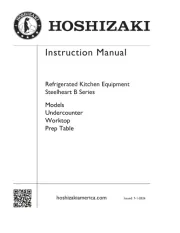
19 Oktober 2025
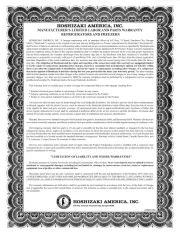
10 September 2025
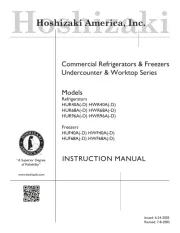
10 September 2025
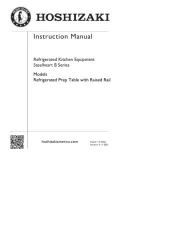
9 September 2025
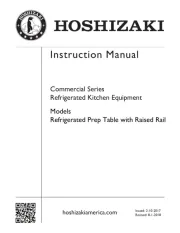
9 September 2025
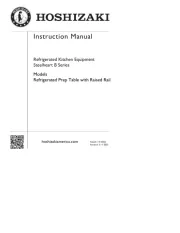
9 September 2025
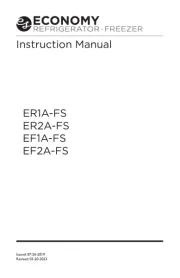
9 September 2025
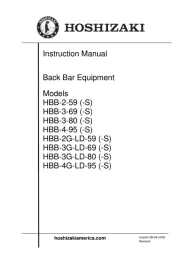
9 September 2025
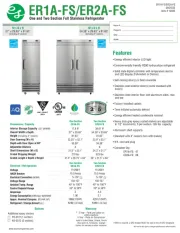
9 September 2025
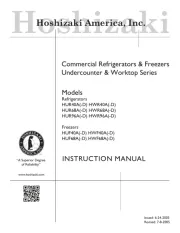
9 September 2025
kylskåp Manualer
- Kunft
- Worx
- Unold
- Elvita
- Inventum
- Bosch
- Primo
- Rangemaster
- Essentiel B
- Freggia
- GE
- Caple
- Ardes
- WhiteLine
- New World
Nyaste kylskåp Manualer
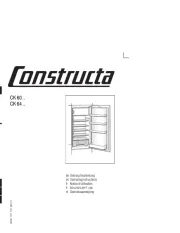
23 Oktober 2025
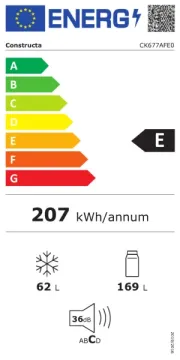
23 Oktober 2025
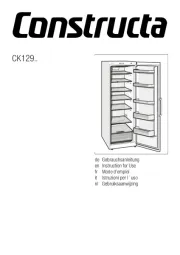
23 Oktober 2025

23 Oktober 2025
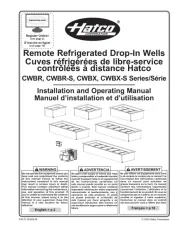
23 Oktober 2025
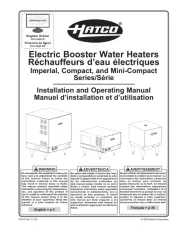
23 Oktober 2025
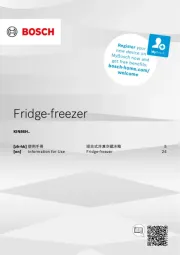
21 Oktober 2025
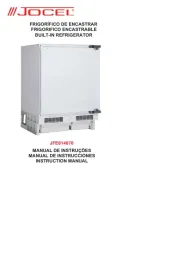
21 Oktober 2025
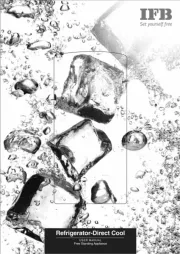
20 Oktober 2025
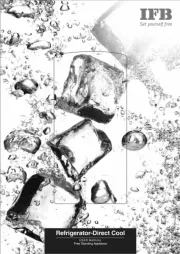
20 Oktober 2025